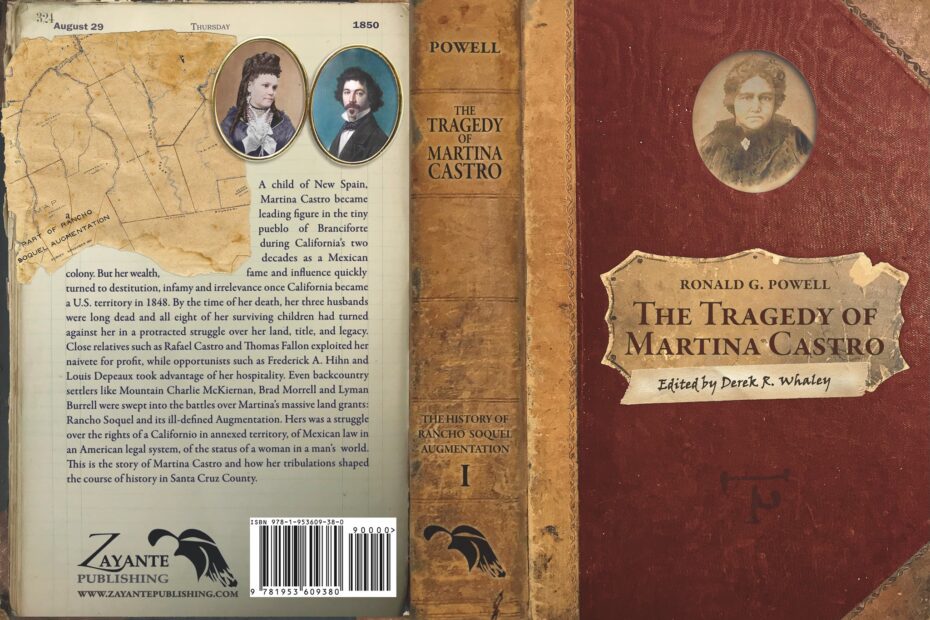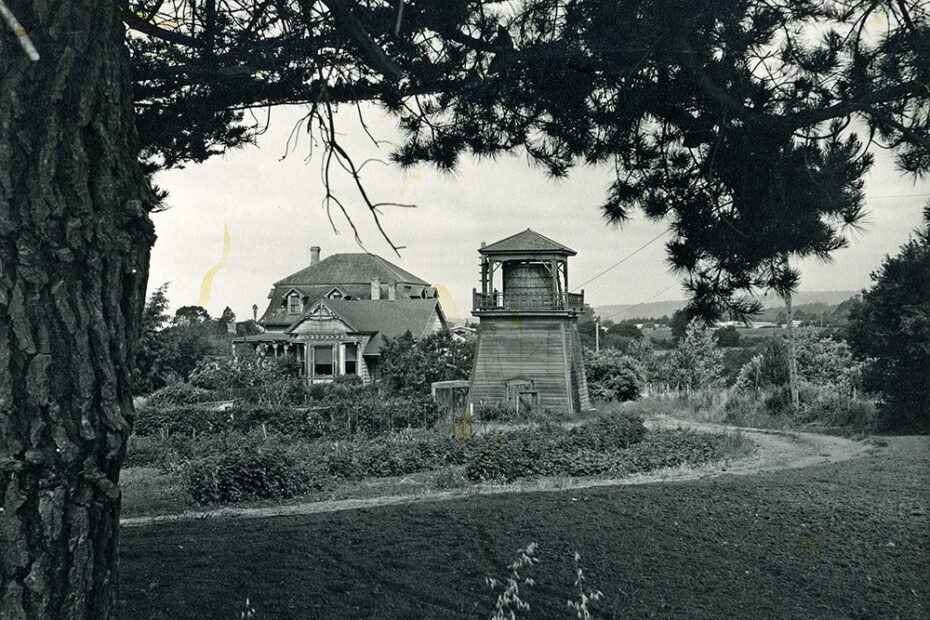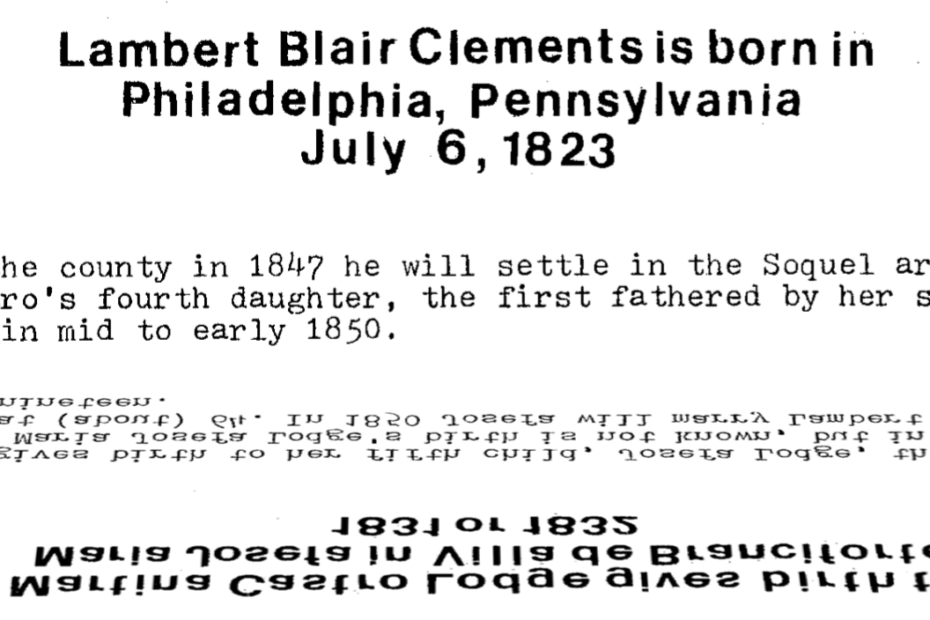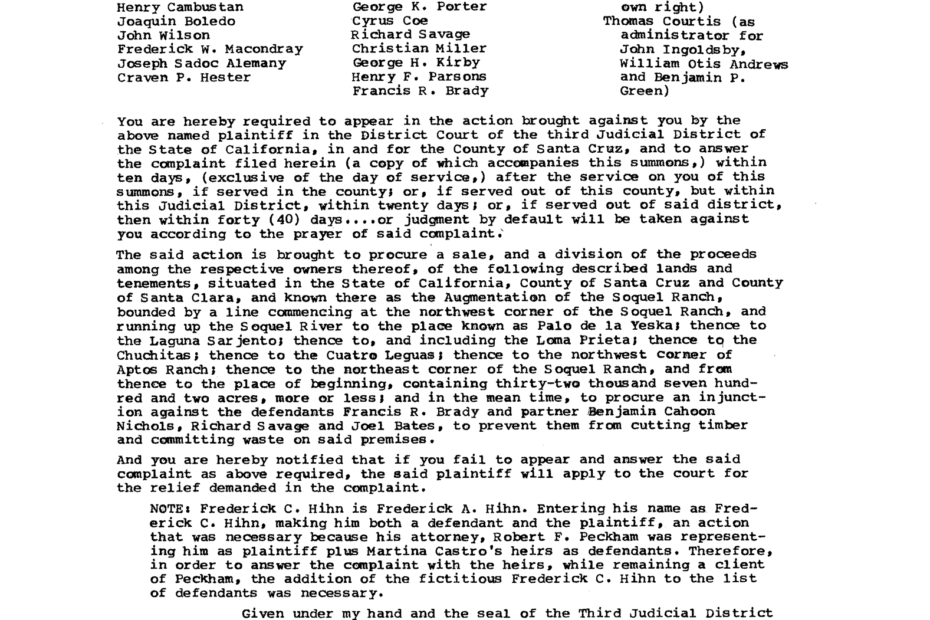Two Trilogies to Rule Them All, Part 1
It has been a very strange year and I think this is something everyone on Earth can agree on. For me personally, I went from making quite a lot of progress on several projects to being stuck at home and then redeployed to Auckland Emergency Management for two separate lockdowns (the second redeployment was only two weeks, fortunately). Despite having some extra time at home during all of this, I actually made much less progress… Read More »Two Trilogies to Rule Them All, Part 1




